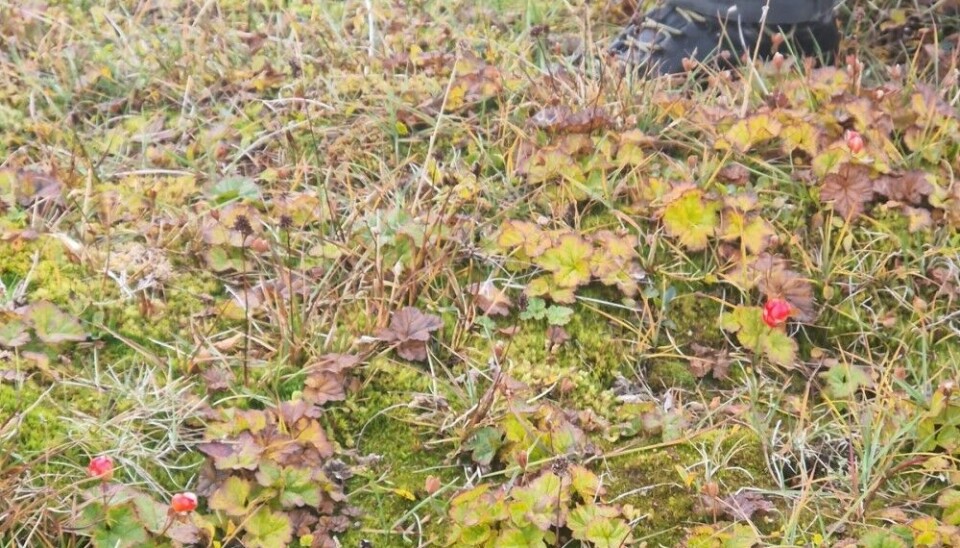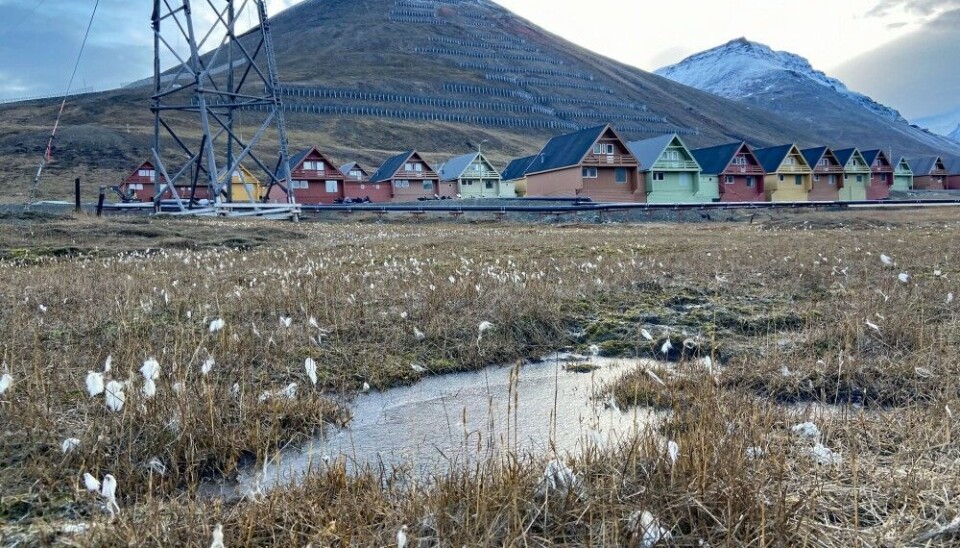
Climate change brings cloudberry to Svalbard
After an exceptionally warm summer, ripe cloudberries are for the first time documented at 78° North.
“I was surprised, I have never seen cloudberry here before. I hardly believed my own eyes,” tells Stein Tore Pedersen.
Pedersen works for the Norwegian Polar Institute and was hunting for reindeer when he suddenly discovered the berries in the Coal Bay Valley, halfway between Longyearbyen and Barentsburg.
It is the Polar Institute that first posted Pedersen’s story and photos.
July 2023 became the warmest ever at the Arctic archipelago, with an average temperature above 10° Celsius.
Although this is the first time ripe cloudberries are seen, the flowers have been documented at Svalbard before.
Pedersen says there were some 20-30 berries, red-orange in color and fairly big.

Often referred to as “the gold of the Arctic” - cloudberries grow in marshlands, boreal forests and along the coastline of northern Scandinavia, Northwest Russia and throughout the northern hemisphere.
For the cloudberry to ripen, temperatures should be above 10° C combined with little rain.
“I have not even seen unripe cloudberry, says Virve Ravolainen, vegetation researcher with the Polar Institute at Svalbard.
Following the dramatic climate changes in the Arctic, Ravolainen isn’t surprised that the first cloudberry now are found close to Isfjorden as the southern shores here are of the most luxuriant in the archipelago.
She believes there will be more and more cloudberry at Svalbard in the years to come.

Over the last 50 years, temperatures at Svalbard have risen 3-5° C. Nowhere on the planet see a more dramatic warming.
While autumn heat continues in Europe, Longyearbyen witnessed the coldest September since 2005 with 1,6° C under normal, the Meteorological Institute reports.
“Although this is the coldest September in 18 years, historically it is not very cold,” says Jostein Mamen with the Meteorological Institute.
He elaborates: “If we compare with the old normal period 1961-1990, this year’s September would have been close to normal, and the corresponding influx of cold air from the north would have been a couple of degrees colder.”
Mamen points to research that shows that the Arctic is warming almost four times faster than the rest of the globe.














